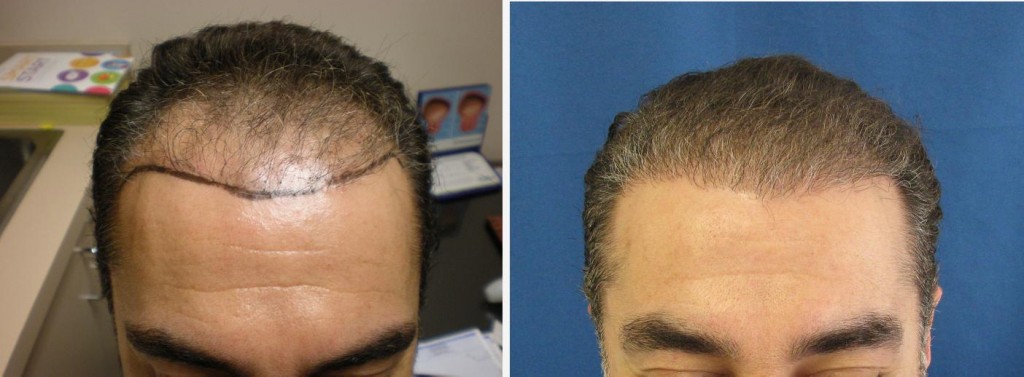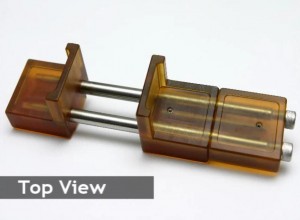Hair Restoration Gigosessions
Monday, June 4th, 2012Hair Transplant Gigosessions: A Patient Benefit
Gigosessions and all hair transplant surgeries are optimally aided by the use of the Laxometer, invented by Parsa Mohebi, MD medical director at US Hair Restoration centers. Laxometer is an intra-operative tool that is becoming an industry standard globally. Utilizing the metric system for most accurately determining scalp laxity, Laxometer helps the surgeon to reduce the risk of closure tension on donor wound edges. The result leads to minimize the tension of the donor wound edges and increases the safety of the strip follicular unit hair transplantation. The Laxometer’s preciseness in measurements allows hair restoration surgeons to best formulate the safe size of donor strips. Donor strip size ultimately determines the number of possible grafts available for hair transplantation.
These exciting developments for hair loss sufferers have made hair restoration a natural, permanent and proven solution.


